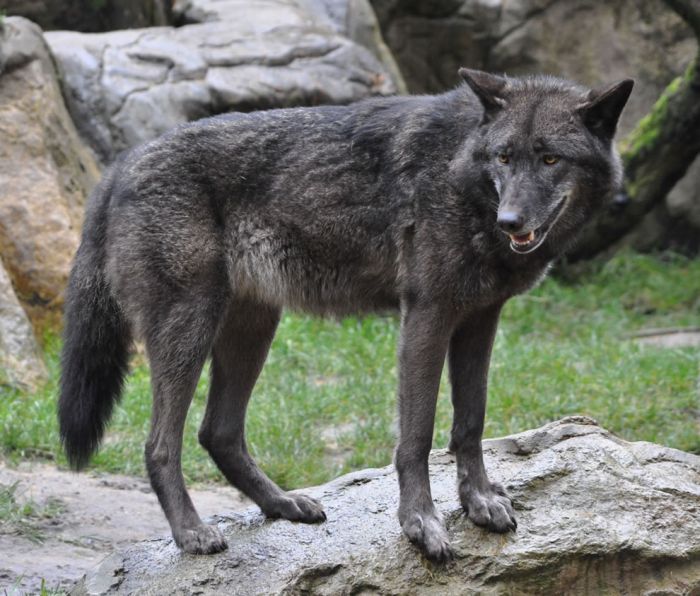|
|
Gray Wolf
|
Range and populations
The gray wolf was once the world's most widely distributed mammal, living north of 15°N latitude in North America and 12°N in Eurasia. Wolves tend to have difficulty adapting to human induced changes, and are often referred to as an indicator species; a species delineating an ecoregion or indicating an environmental condition such as a disease outbreak, pollution, species competition, or climate change. Wolves do not seem to be able to adapt as readily to expanding civilization the way coyotes do. While human expansion has seen an increase in the latter's numbers, it has caused a drop in those of the former.
Despite not being at risk for extinction, local populations of wolves are still threatened. One such threat is genetic bottlenecking caused by population fragmentation. Human populations have isolated small pockets of animals, which then suffer the effects of inbreeding. Studies have shown that the reproduction rate in wolves is strongly related to genetic diversity. Isolated wolf populations are greatly affected by the introduction of the alleles of even a single additional wolf.
With the exception of the Great Britain and Ireland, wolves were widespread in Europe during the 18th century. Wolves were exterminated from all central and northern European countries during the 19th century and the post World War II period. Remnant populations remain in Portugal, Spain, Italy, Greece and Finland, though Eurasian wolves have been recovering naturally in several parts of Europe; recolonising France, Germany, Sweden and Norway. The largest populations now occur in eastern Europe, primarily in Romania, the Balkans and Poland.
|
|









